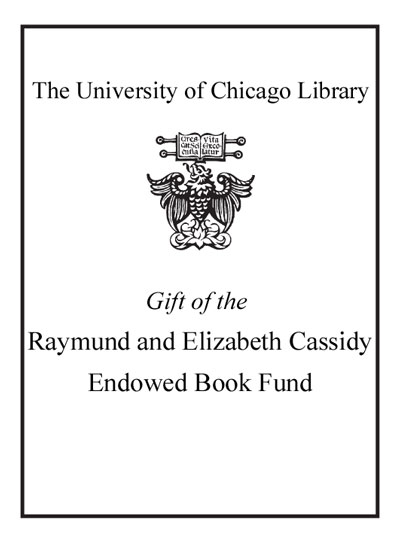| Summary: | "This book is the result of a doctoral thesis defended in 2018 in the Post Graduate Program of the Faculty of Architecture and Urbanism of THE Universidade de Brasília, which included the research conducted in the Center for Spatial and Textual Analysis (CESTA) of the Stanford University, as part of the Spatial History Project. The travel slap for field research was funded by the National Council for Scientific and Technological Development-CNPq and by the Fundo de Amparo à Pesquisa do Distrito Federal- FAP DF." (HKB Translation) --Page [7]. The author studies the cases of urban historical sites that, under the auspices of the supposed return to life, character or structure, applied methods, technologies and financial and institutional engineering to result in variations in the theme gentrification. The work is accompanied by indebtedness operations, financing models and performance forecasts. The emulation of the preservation of cultural heritage as a role, a title, has in its intrinsic value the aesthetics of the consumer landscape as an asset, and the attraction of the mall standard as standard. In qualitative and quantitative discourse analyses, the research shows how the redone historical centers are reconfigured, but always with the same purposes: pasteurize and pack local cultures, frame and immobilize resistances, commercialize aesthetics, sacrificing conservation and restoration while maintaining the rate of return on investment always favorable.
|
|---|

